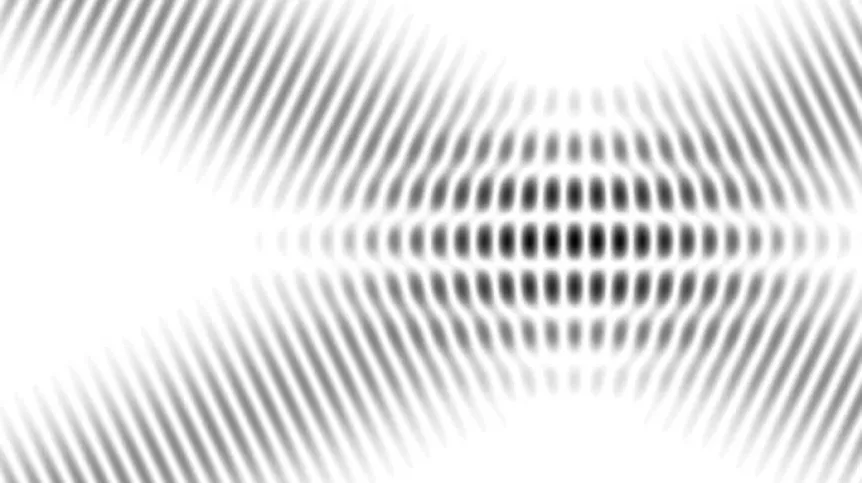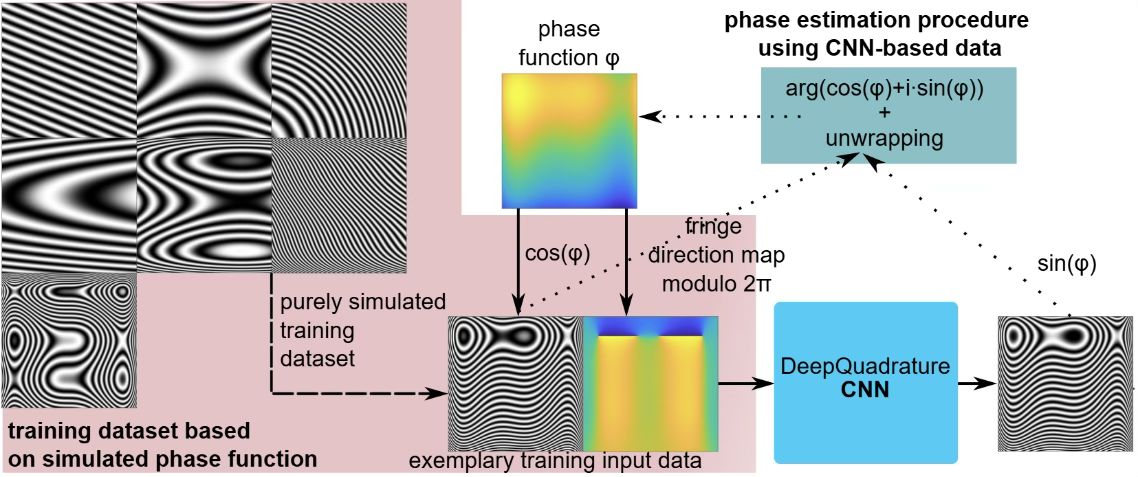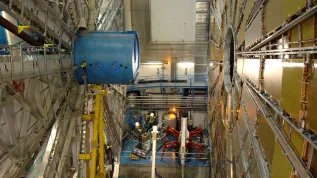
Scientists from the Warsaw University of Technology in collaboration with specialists from Norway and Germany have developed an AI tool that significantly improves the analysis of optical interferograms and holograms.
The results of their research were published in the Journal of Physics: Photonics.
In the world of optical research, measurement precision is worth its weight in gold. Proper data processing enables the development of microscopy, materials engineering and even medicine. Now the analysis of complex optical images can become not only faster, but also more accurate.
Scientists from the QCI Laboratory at the Faculty of Mechatronics of the Warsaw University of Technology, the Arctic University of Norway in Tromsø and the University of Münster have developed an AI tool - DeepQuadrature, which enables precise reproduction of full phase information of an image based on just one measurement frame, without the need to use traditional, multi-stage procedures.
According to the creators of the solution, many modern measurement techniques use the phenomenon of light wave interference. Methods such as interferometry, holographic microscopy, fringe projection or the Moiré method enable extremely precise, non-invasive and fast examination of entire areas (so-called full-surface measurement). They are widely used in biology and biotechnology (e.g. analysis of mass, morphology or cell reaction), optics (testing the quality of optical elements), physics and mechanics (analysis of deformations and vibrations in microsystems) and materials engineering.
In this type of measurement, information about the examined object is not recorded directly, but embedded in the structure of the fringe pattern, most often in phase modulation (i.e. changes in the position of the fringes), and sometimes in amplitude modulation (change in their contrast). The aim of the measurement is to recreate the phase distribution of the recorded pattern – interferogram or hologram - which allows to obtain full information about the examined object.
Although fringe methods are very precise and non-invasive, they have one drawback - their accuracy is limited by the information throughput, i.e. the space-bandwidth product (SBP), which determines the amount and quality of information that can be obtained from the image.
In practice, to 'extract' full information from an interferogram or hologram, more than one photograph (one measurement frame) is needed. Therefore, several photographs of the same image are normally taken, but with different known phase shifts – for example, differing by 90 degrees, 180 degrees, 270 degrees.
The need for multiple measurements significantly limits the speed of analysis, complicates the equipment and makes the measurement sensitive to movement or changes in the sample.
DeepQuadrature is expected to be the solution to these problems. It is a deep learning model that can virtually generate the missing quadrature function - an image corresponding to a phase shift of π/2 relative to the input image - with only one measurement frame.

As a result, the phase distribution can be numerically recreated as if one had a full set of classical measurements, without the need to actually perform them. In other words - from one image, one obtains full information that would normally have to be collected in several stages.
In addition, DeepQuadrature can increase the SBP coefficient, i.e. the amount and quality of information contained in the image, without changing the optical system. And the higher the SBP, the more information about the object can be obtained from a single measurement.
'The consequence is not only saving money. Single-frame measurements are faster and easier, which allows for their mobile use outside the optical laboratory. This is a great opportunity for the wide dissemination of this technology', says the main author of the publication, Maria Cywińska.
The model was trained on synthetic data with diverse geometry and frequency of fringes, thanks to which it can also handle real images, full of interference and noise. In experimental tests, QCI Lab scientists achieved accuracy comparable to multi-frame methods, while maintaining the simplicity of the single-frame approach.
According to the creators, the implementation of DeepQuadrature will speed up and simplify measurements in optical microscopy, and it will make the measurement systems cheaper and less sensitive to interference, which will be especially useful in difficult conditions, e.g. in imaging dynamic biological processes, where multiple measurements are impossible.
PAP - Science in Poland, Katarzyna Czechowicz
kap/ zan/













